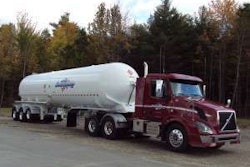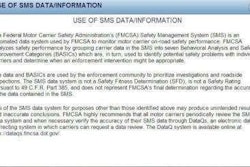Red Dot Corp., a provider of heating and air conditioning for commercial and military vehicles, has expanded its advanced engineering and test center to include dedicated facilities for conducting vibration, acoustics, electromagnetic and radio frequency interference (EMI/RFI), and blower-lifecycle validation. The new test areas are part of the company’s H.G. Runnings Technical Center in Seattle.
Features and capabilities, according to Red Dot, include:
• An LDS V875-640 Electrodynamic Shaker that produces precise vibration loading up to 90 lbs. @ 50 gn (acceleration sine peak). The vibration lab will be used for testing components, subassemblies and complete heater and A/C systems, as well as to validate the durability of components from outside suppliers;
• A blower test cell for prolonged evaluation of fans and blower motors. The facility will help Red Dot ensure that these components meet stated hour ratings and standards for reliability, quality and performance;
• An acoustic test lab for measuring decibel levels and frequencies generated by blower motors and other components. This data can be used to create defined acceptance criteria for noise and to assure that products meet customer standards for noise, vibration and harshness (NVH); and
• EMI/RFI testing to measure radiated and conducted electronic emissions and potential interference inside the cab. The lab will be used to prequalify product designs for MIL-STD-461E and commercial standards.
The vibration, acoustic and blower test cells are operational now, with the EMI/RFI test capabilities available starting in early 2011. “Testing is a Red Dot strength,” says Gary Hansen, vice president. “Our investment in these new facilities will help our engineering team meet the more rigorous performance and reliability requirements of our commercial and military customers.”
Red Dot says the H.G. Runnings Technical Center’s full-vehicle environmental test chamber has an operating temperature range of -20 to 140 degrees Fahrenheit and humidity control from 20 to 90 percent, as well as advanced thermal imaging capabilities; it also has a dual-chamber HVAC system calorimeter to precisely simulate a punishing range of underhood and in-cab conditions.











